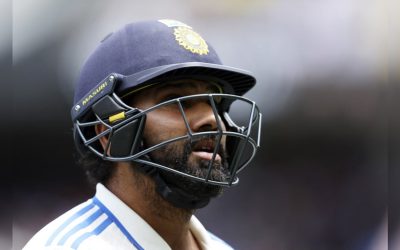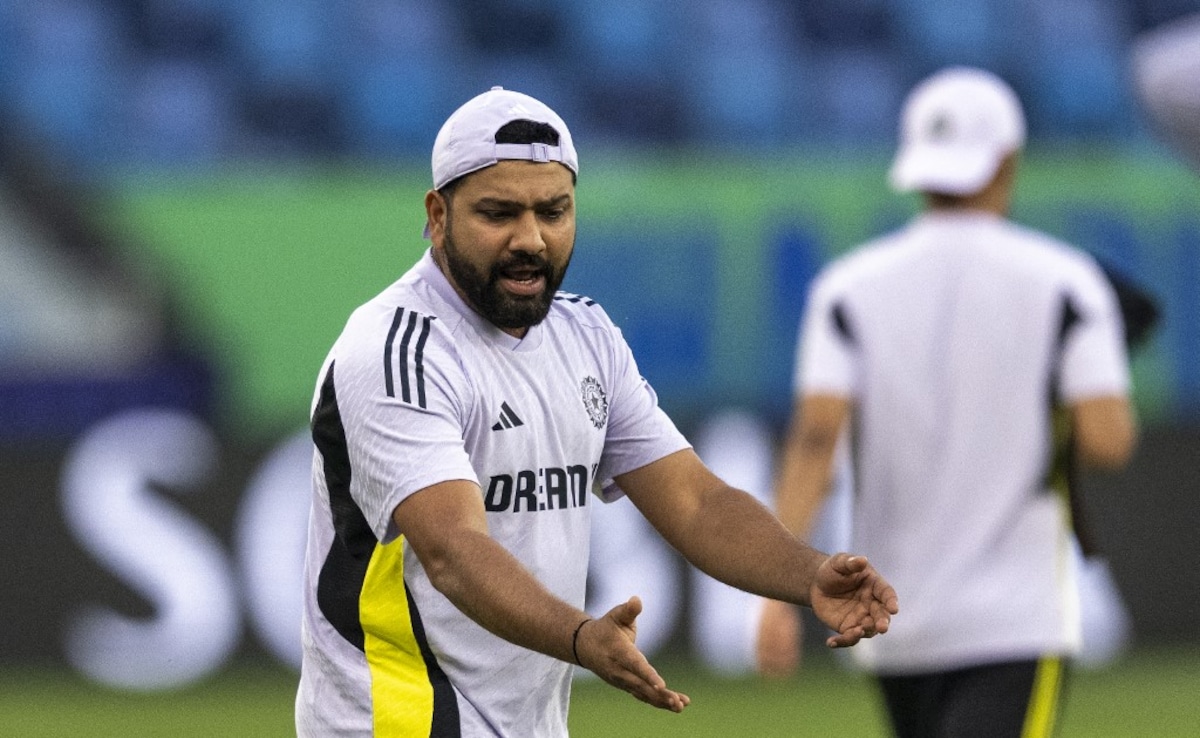The One-Day International format, cricket’s middle child, gets new lease of life in Champions Trophy 2025
In psychology, the ‘middle-child syndrome’ theory’s inference is that the middle child in a family—stuck between the older and younger siblings—feels neglected or starved of parental love and attention.
In recent times, the One-Day International game has become cricket’s middle child caught between the classical Tests and the fast-paced T20Is. It has been denied love and proper care from the players and administrators except once every four years, at the 50-over World Cup.
After the inaugural World Cup in 1975, ODIs helped grow the sport over the next three decades, raking in the moolah and helping cricket join the big league in terms of commercial value despite its relatively small footprint and reach.
ALSO READ | ODI’s best eight vie for top honour as ICC competition returns to Pakistan after 29 years
During the final decade of the 20th century, the format breathed fresh air into the sport thanks to a confluence of events led by the sub-continental teams. Some factors included India’s booming economy, Pakistan (1992) and Sri Lanka (1996) becoming world champions, and Bangladesh qualifying for its first World Cup in 1999.
To capitalise on the success, the International Cricket Council started another multi-nation tournament, the ICC KnockOut, or the ‘mini World Cup,’ in 1998 (Dhaka, Bangladesh) to fill its coffers and spread the game. After the second edition (Kenya 2000), it was renamed the ICC Champions Trophy in 2002. The event was held every two years until 2006 and became a quadrennial event from 2009 to 2017 before being discontinued.
Following the inaugural T20 World Cup in 2007, it became evident that T20 would be the future of cricket. The IPL, which started in 2008, further shifted the audience to the three-hour version of the game, leading to the mushrooming of similar leagues across the cricket-playing world.
At a time when the one-day format was fighting for relevance, the Champions Trophy suffered an identity crisis. Eight years ago, the apex body pulled the plug because it felt there wasn’t a need for two ICC events in one format.
However, in 2021, the governing body reversed course and revived the tournament. The ninth edition of this tournament will begin in Karachi on Wednesday, and there is hope that it can help ODIs get back on its feet.
The bilateral ODI series, once the cash cow for cricket boards, has become meaningless sans context. But over the last few months, teams have scrambled to play some ODI games before this event in front of packed stadiums. Recently, England skipper Jos Buttler said for ODIs to thrive, the presence of top players will hold the key. A world event once every two years, alternating between the Champions Trophy and World Cup, could keep the big stars invested.
Over the next three weeks, a tournament that once symbolised the sport’s health could hold the key to the 50-over game’s future and offer a pathway for its survival.



